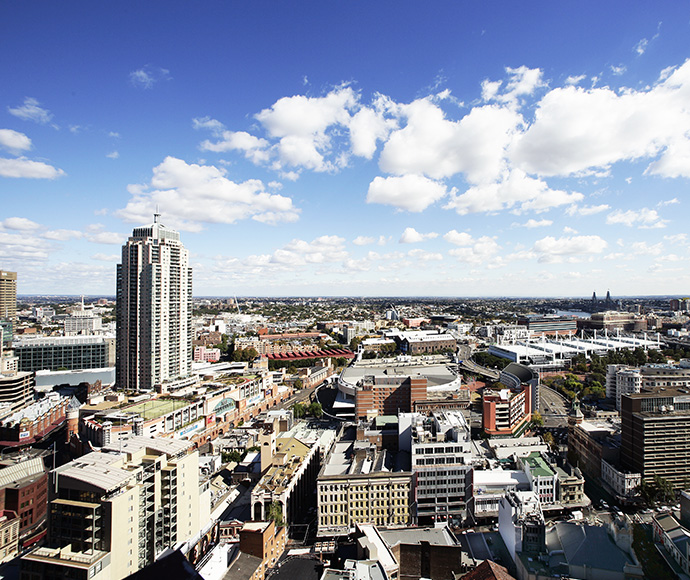Air Quality 2023
NSW air quality was good overall for 2023, according to report.
The 2023 NSW Annual Air Quality Statement has been released, revealing that the state experienced generally good air quality during the year – although not quite as good as record-setting 2022.
A hotter, drier climate and drought conditions affecting roughly 63% of New South Wales by the end of the year caused air quality to drop slightly compared to the wet conditions of 2022.
Keeping track of air quality
The findings come after analysing data from the NSW Air Quality Monitoring Network with stations across the state's metropolitan and regional centres. The stations measure air quality conditions such as the amount of airborne particulate matter, gaseous pollutants like ozone, and dust trends.
The data enables local communities to understand air quality trends in their area and provides valuable information to governments to manage air quality issues and reduce the impacts of pollution on NSW communities.
There's something in the air
The state saw an increase in particle pollution, with particulate matter (PM10 and PM2.5) rising by about 30% compared to the previous year. The main causes were dust at local and regional scales, hazard reduction burns in September, and a bushfire in December. Some locations also experienced higher particulate pollution due to specific localised events, like smoke from wood heaters in Armidale, or higher levels of sea salt in Stockton.
Carbon monoxide and hourly nitrogen dioxide levels remained below the national standards during 2023. Only one station, the Bradfield Highway roadside station, exceeded the annual nitrogen dioxide limit. Sulphur dioxide levels only exceeded national limits on 2 days at Muswellbrook station. Ozone levels were below the national standard for all but 3 days in 2023 during a low-intensity heatwave.
New initiatives to clear the air
More than 100 low-cost sensors are being deployed across the state, complementing the existing network of air quality monitoring stations and providing localised, near real-time data for councils to use in local air quality interventions or initiatives. The department has developed digital information resources to support councils in using air quality sensing technologies.
The department is working with the Australian Research Data Commons (ADRC) Bushfire Data Challenges program to provide updated information on bushfire smoke pollution to assist health researchers.
The Air Quality website, launched in 2021, features local air quality information anyone can access. It includes health advice for each monitoring station, wind direction data, overall air quality trends and interactive maps. To check the air quality in your area, visit our website at airquality.nsw.gov.au
Of course, everyone can play their part to improve air quality: reducing wood smoke and motor vehicle emissions helps reduce pollution levels so we can all breathe easy.
